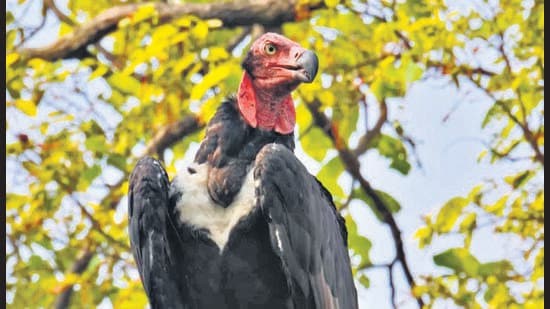Free Courses Sale ends Soon, Get It Now


Free Courses Sale ends Soon, Get It Now



Disclaimer: Copyright infringement not intended.
Context: Red-headed vulture seen at Delhi’s Bhatti mines, first since 2017. The bird was spotted during an ongoing winter raptor survey, which is carried out by the Bombay Natural History Society each year at the Asola Bhatti Wildlife Sanctuary
Details:
Taxonomy of Red-headed vulture:
Description:
Habitat:
The red-headed vulture prefers open country usually away from human habitation, well-wooded hills and dry deciduous forest with rivers.
Distribution:
These red headed vulture species are distributed in India, Nepal, Bangladesh and Bhutan in Indian Subcontinent. Small populations are present in Myanmar, Laos and Cambodia. It was previously present in South China, Thailand, Vietnam, Malaysia and Singapore.
Status and conservation:
© 2024 iasgyan. All right reserved